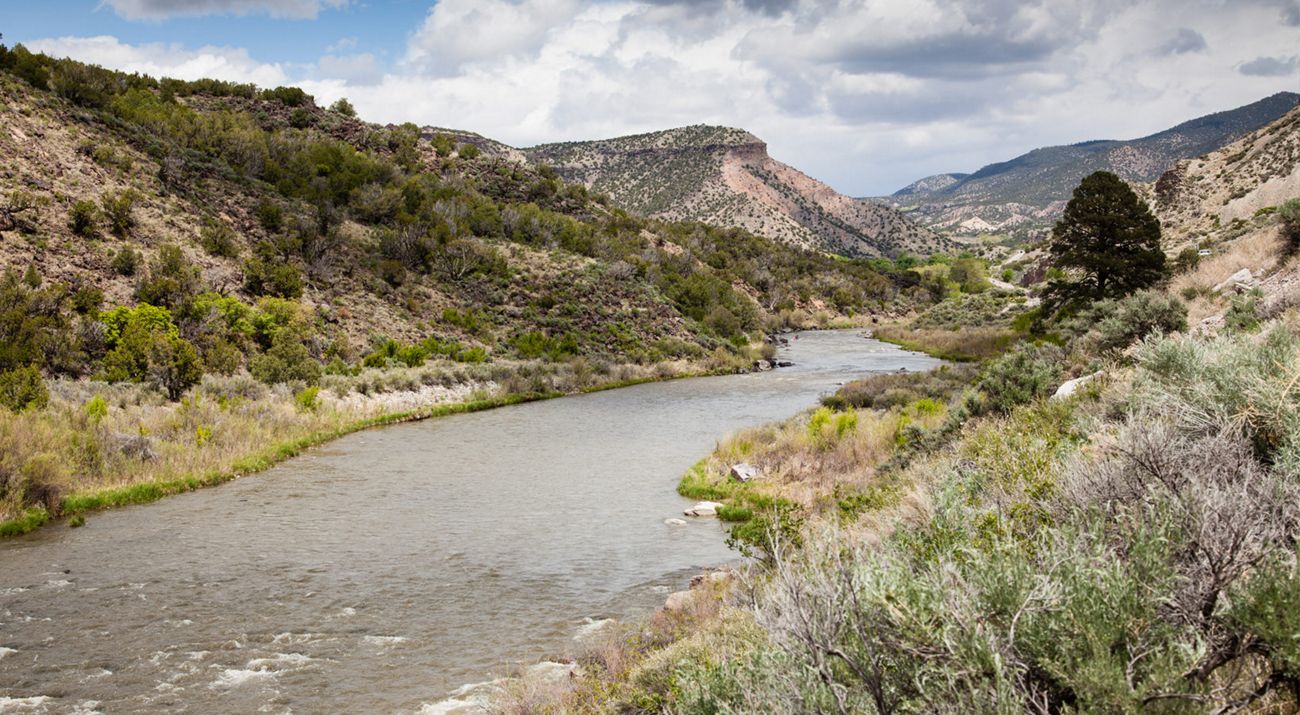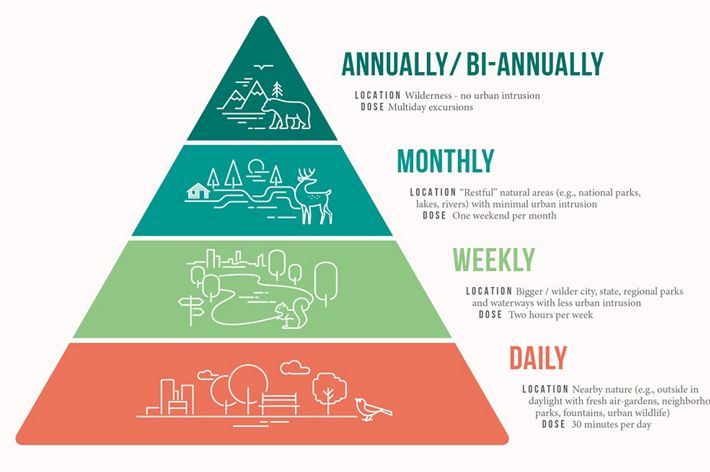
Thrive with Nature
Six things we learned in conversation with Florence Williams.
If you’re like us, you know that spending time outside makes you feel good. But do you know why? That’s the question Florence Williams aimed to answer with her book, The Nature Fix, which explores the science behind how spending time outdoors can make us happier, healthier and more creative. During a virtual event last month called Thriving with Nature, Williams shared what she learned while writing The Nature Fix, along with tips on how you can tap into nature’s benefits every day.
Here are six of our top take-aways from the Thriving with Nature virtual event:
1. The Benefits Start Almost Immediately.
Studies show that as few as 15 minutes spent in nature can slow your heartrate, decrease your blood pressure and lower the levels of cortisol (a stress hormone) in your brain. The best part? You don’t need to venture deep into the backcountry to access these benefits.
Williams asserts that the daily doses of nature—accessed in neighborhood parks and backyards—form the base of what she calls the Nature Pyramid.
Shoot for 30 minutes each day: consider taking a walk in the morning to help reset your circadian rhythm, position your at-home workstation near natural light, take the scenic route while driving or eat lunch outside.
2. Your Senses Are Heightened in Nature.
Spending time in nature is one of the only ways to activate all five senses simultaneously. This is explained by the concept of biophilia, which asserts that because humans evolved in and with nature, our nervous systems are most compatible with natural landscapes, smells, sounds, tastes and noises.
Studies show that spending time in nature activates our sensory brains and gives a break to our thinking brains. Williams broke down each of our senses and how to tap into the biophilic benefits from nature. Fractal patterns, like clouds and waves, give us a sense of awe. And the smell of pine and cypress lower blood pressure and boost killer T Cells, which fight viruses. Birdsong and other nature sounds relax the prefrontal cortex, which is considered our thinking brain.
So, take Williams’ advice and next time you go outside: Take a deep breath of fresh air. Pick a leaf or pine needles off your neighbor’s tree (or your own), rub them together in your hands, take a big whiff and see how you feel.
3. It's Imperative to Bring Nature to the Masses.
Given that more than 70 percent of the U.S population resides in urban areas, Williams argues that bringing nature into cities should be a top priority. And to do this, it’s critical that we work towards creating more access that’s inviting, useful and safe for people from diverse backgrounds and cultures.
Compared to other U.S. cities, Albuquerque is doing better than most with what Williams calls “nearby nature”—87 percent of the city’s residents can access a park within a ten-minute walk from home. In an effort to further enhance Albuquerque’s natural spaces, The Nature Conservancy in New Mexico has been working to restore the city’s retreating tree canopy, an issue that disproportionally impacts lower income neighborhoods.
4. You Can Get Your Fix Indoors, Too.
The reality for many people is that getting outside each day isn’t as attainable or as easy as it sounds. And that’s okay. According to Williams, there are ways to benefit from nature while indoors.
We know that listening to nature sounds can have a relaxing effect on our brains, so try opening a window or downloading a birdsong app. If possible, work next to or near a window and take quick breaks to look up at the clouds or make time to catch the sunset.
Or, try surrounding yourself with houseplants. Williams pointed to one study that measured behaviors of participants while playing video games. The study found that participants surrounded by houseplants exhibited more pro-social behaviors and worked better in groups, versus participants who weren’t surrounded by houseplants.
5. Figure Out Which Spaces Bring You Joy and Go There.
Lucky for New Mexicans, nature’s health benefits aren’t relegated to lush, green forests—arid grasslands and deserts offer similar benefits. “We all have different preferences and evolution has allowed for that,” Williams says. “Some of us feel most at home in forests, some of us feel most at home in deserts. Know yourself. Pay attention to where you feel fantastic, pay attention to the landscapes and elements of nature that really sing to you.”
6. Children Need Nature, Too.
Many parents have approached Williams with concerns about their teen’s lack of interest in nature and obsession with technology. Williams assured us that as long as parents introduce nature to children at a young age, they’ll eventually find their way back home.
But what can we do on a larger scale to instill in our youth a love for nature? Williams shared that kids need to spend more outside, not only during family time, but during the school day. In Finland, for example, where academic test scores rank among the highest in the world, sixth-grade students spend 15 minutes outside for every hour of work completed. It’s also been found that when schoolyards are cared for and include ample green space, test scores in students go up.
Finally, Williams argues that environmental education should be integrated into all youth curricula, ensuring that students learn the values of nature at a young age, even if those lessons aren’t being taught at home.
You can learn more about Florence Williams and her body of work at FlorenceWilliams.com. To learn more about upcoming events, conservation projects, and how to support The Nature Conservancy in New Mexico, visit our homepage or follow us on Facebook.

See the Places We Protect in Your Community
TNC works across New Mexico to protect wildlife, rivers, lakes and wetlands.
